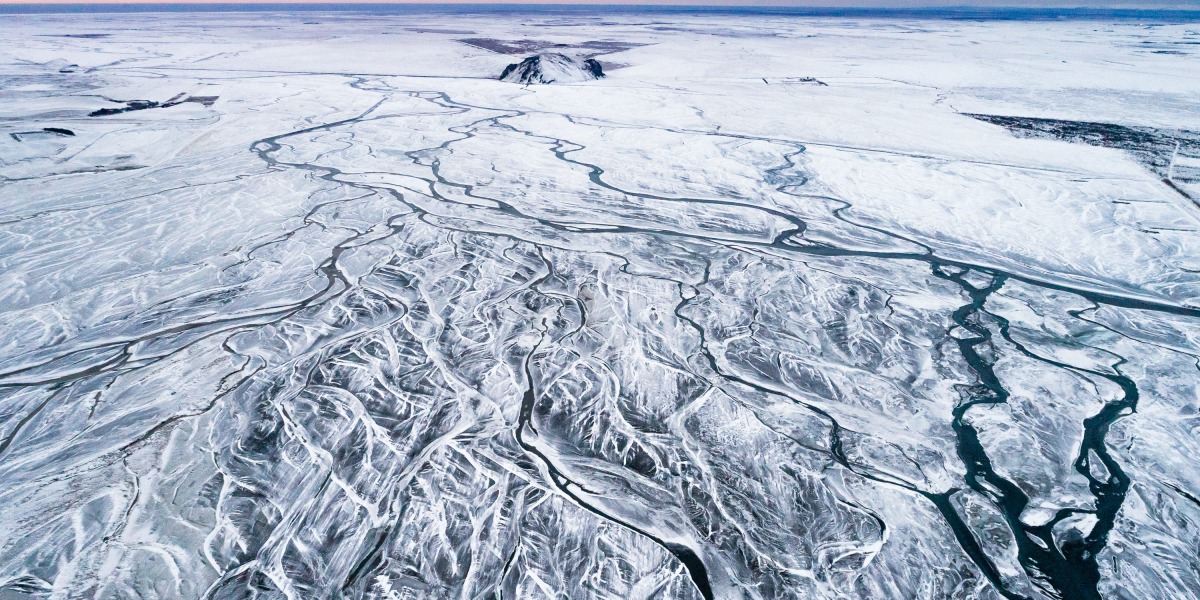
“The properties of matter emerge from how electrons behave,” says Pablo Piaggi, a research fellow at Princeton University and the lead author on the study. “Simulating explicitly what happens at that level is a way to capture much more rich physical phenomena.”
It’s the first time this method has been used to model something as complex as the formation of ice crystals, also known as ice nucleation. This development may eventually improve the accuracy of weather and climate forecasting, because the formation of ice crystals is one of the first steps in the formation of clouds, which is where all precipitation comes from.
Xiaohong Liu, professor of atmospheric sciences at Texas A&M University, who was not involved in the study, says half of all precipitation events—whether it’s snow or rain or sleet—begin as ice crystals, which then grow larger and result in precipitation. If researchers can model ice nucleation more accurately, it could give a big boost to weather prediction overall.
Ice nucleation is currently predicted based on laboratory experiments. Researchers collect data on ice formation under different laboratory conditions, and that data is fed into weather prediction models under similar real-world conditions. This method works well enough sometimes, but often ends up being inaccurate because of the sheer number of variables in real-world conditions. If even a few factors vary between the lab and actual conditions, the results can be quite different.
“Your data is only valid for a certain region, temperature, or kind of laboratory setting,” Liu says.
